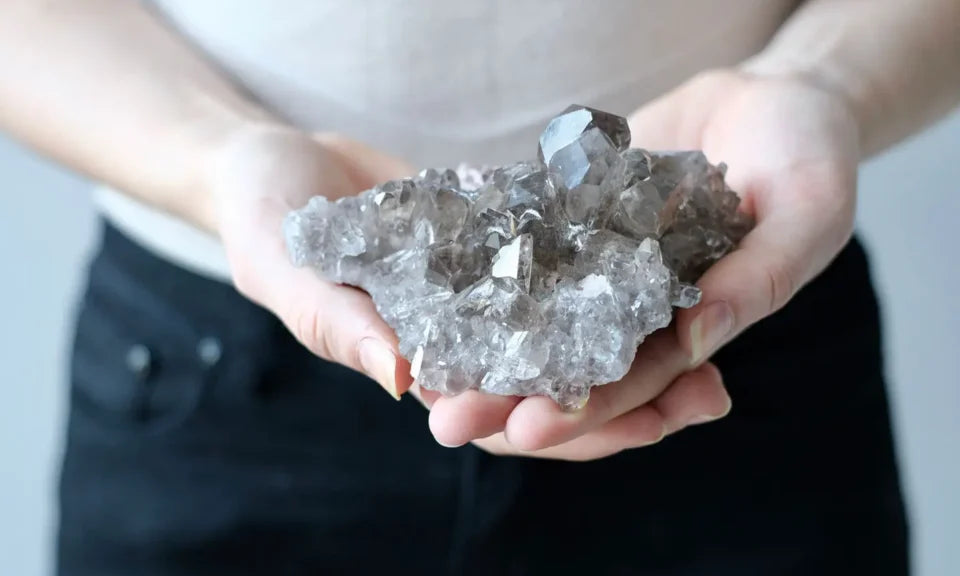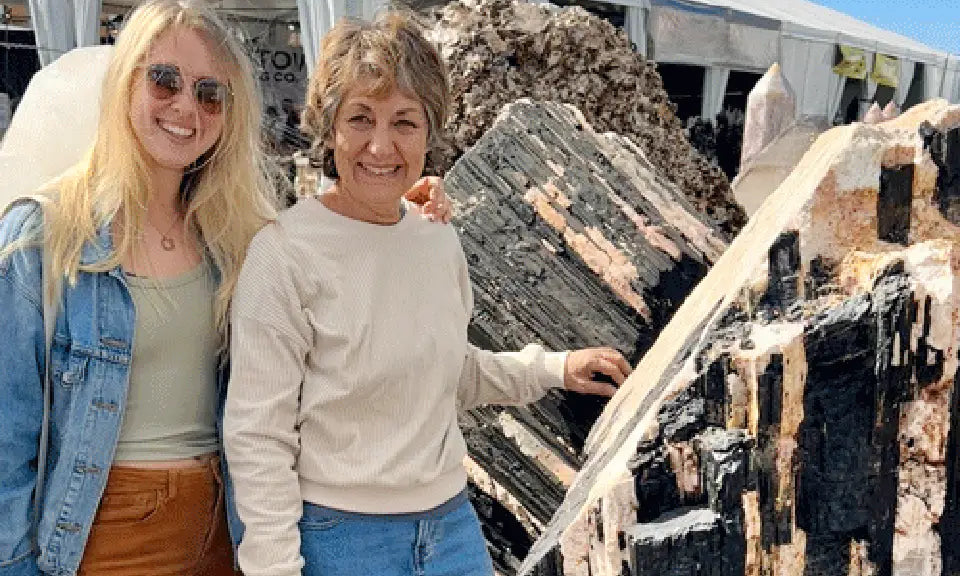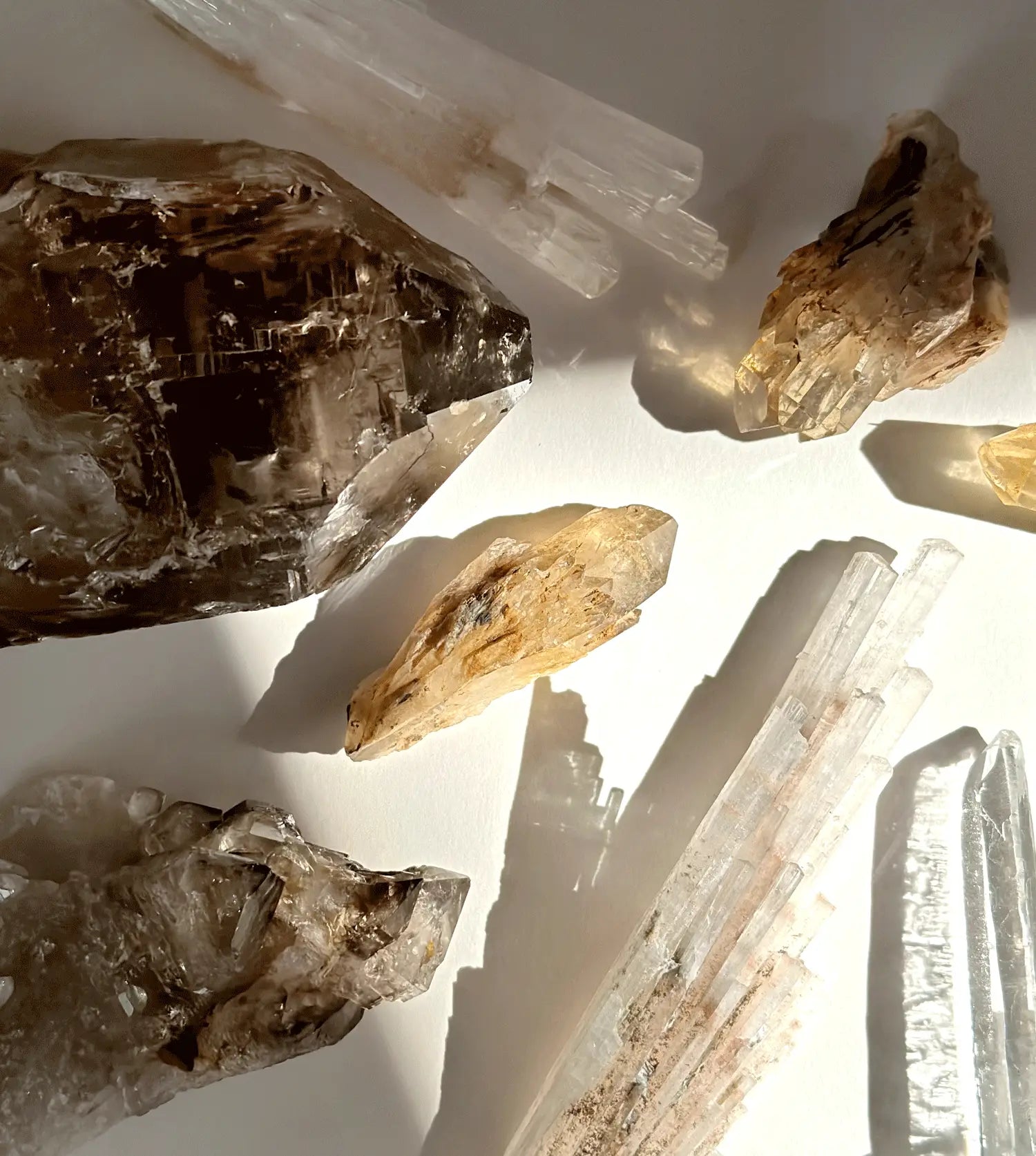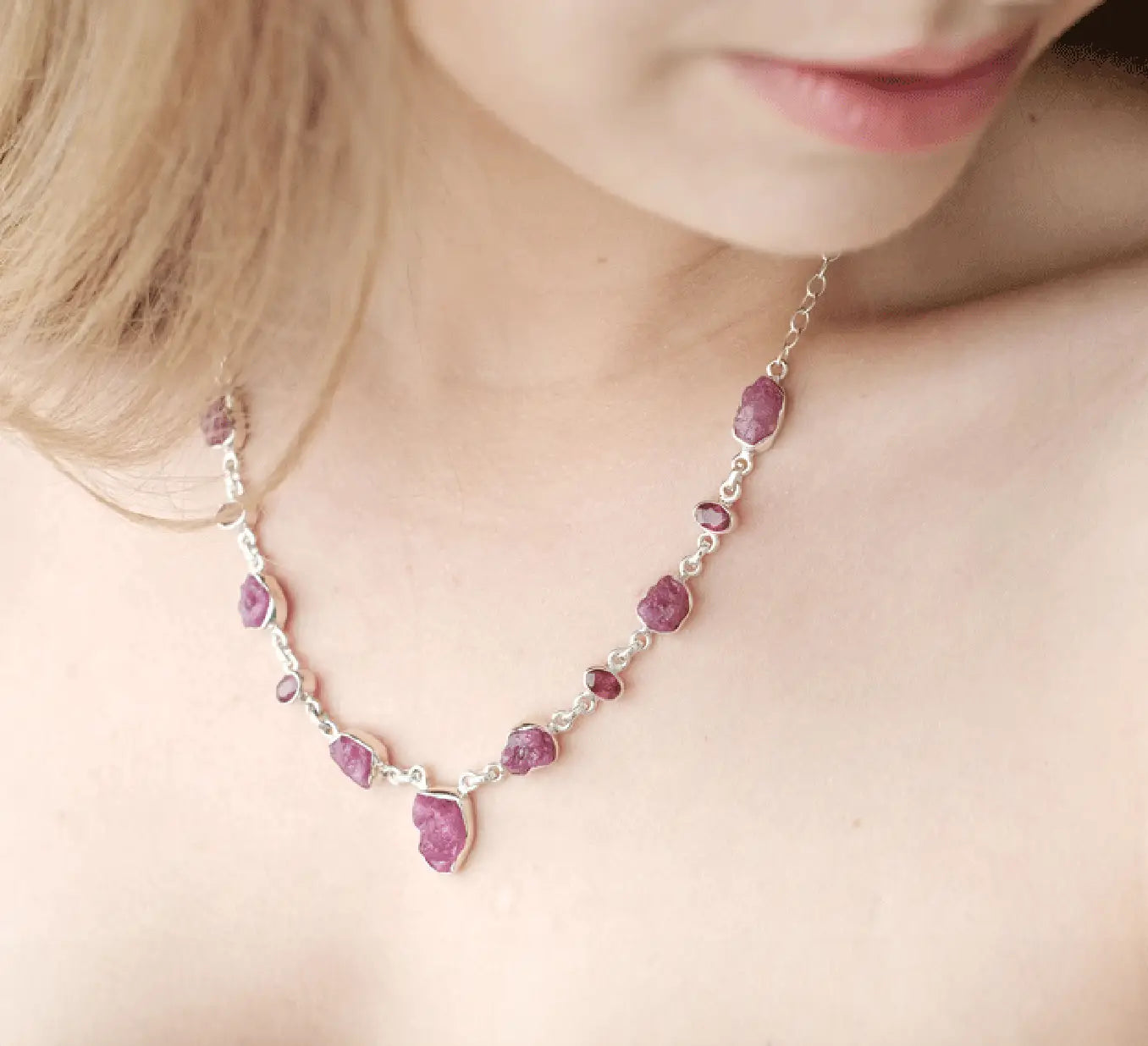Libyan Desert Glass, also known as Libyan Gold Tektite or Great Sand Sea Glass. It is a naturally occurring glass believed to have formed by the impact of a meteorite on the Earth’s surface, however, its making is still shrouded in mystery and studied to this day.
Libyan Desert Glass is believed to possess unique properties promoting well-being and personal growth. It is said to have a cleansing effect on the body’s energy fields, helping to restore balance and vitality by clearing stagnant or negative energies. Emotionally, this glass is thought to have a calming influence and may aid in releasing emotional blockages, fostering a sense of peace and overall well-being.
Additionally, it is often used as a protective talisman against negative energies, psychic attacks, and electromagnetic radiation, believed to enhance the strength of one’s aura. Spiritually, it is said to assist in spiritual exploration and growth, potentially expanding consciousness and facilitating access to ancient knowledge. Furthermore, it is often used for manifestation to amplify one’s intentions and attract abundance into one’s life.
Libyan Desert Glass History and Uses
This Tektite has a captivating history and has played a significant role in ancient cultures. Its presence in Tutankhamun’s tomb, where scarab beetles crafted from this glass were found, highlights its prominence in Ancient Egypt.
In Ancient Egyptian society, the stone was revered and linked to the sun god Ra. It was highly sought after for its use in crafting exquisite jewellery and powerful amulets. The luminous quality of Libyan desert glass symbolised the radiant energy of the sun.
Geological Description
Libyan Desert Glass is a unique geological phenomenon found in the Great Sand Sea within the Libyan Desert. It is a natural glass formed from the intense heat and pressure generated by a meteorite impact approximately 29 million years ago. The glass is composed mainly of silicon dioxide (SiO2) with traces of other elements like aluminium, iron, and magnesium.
The glass is typically yellow to pale yellow-green in colour, although variations in hue can occur. It often takes the form of teardrop-shaped fragments or larger, irregularly shaped pieces. This tektite is renowned for its transparency and high clarity, resembling a type of gemstone.
The origin of this Tektite can be traced back to a meteorite impact that occurred somewhere in the vicinity of the Western Desert of Egypt. The intense heat generated by the impact melted the surrounding sand, forming the glass. Over time, erosion and the shifting sands of the desert have brought the glass fragments to the surface, where they are now found.
The exact mechanism of glass formation and the unique characteristics of Libyan Desert Glass continue to be of interest to geologists and researchers. Its distinct nature, scarcity, and intriguing origins make it a subject of fascination for both scientific study and collectors of natural curiosities.
If you wish to learn more about its origin, here is a very interesting article.
Affirmation
I harness my personal power and ancient wisdom to manifest the highest good.














